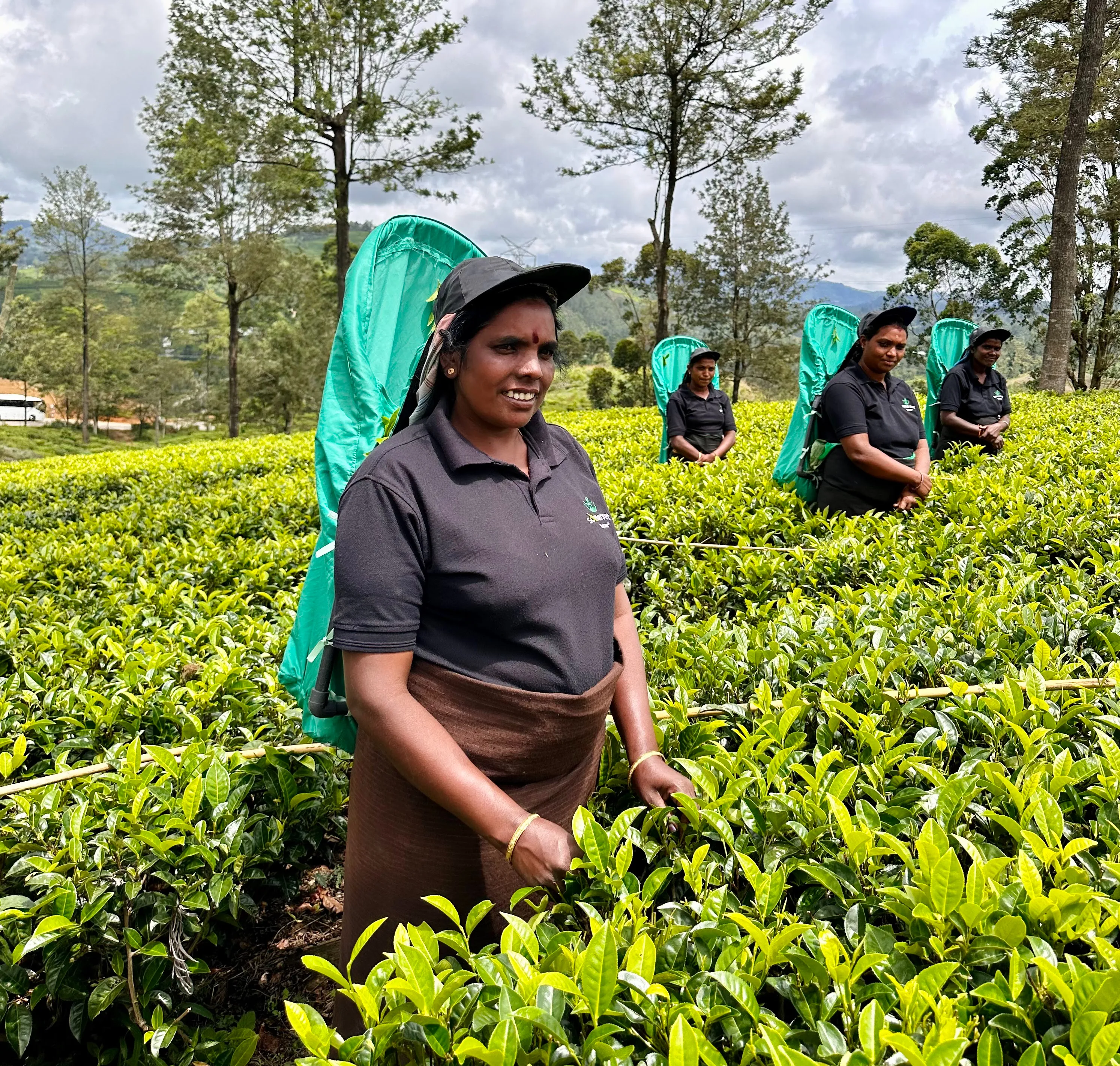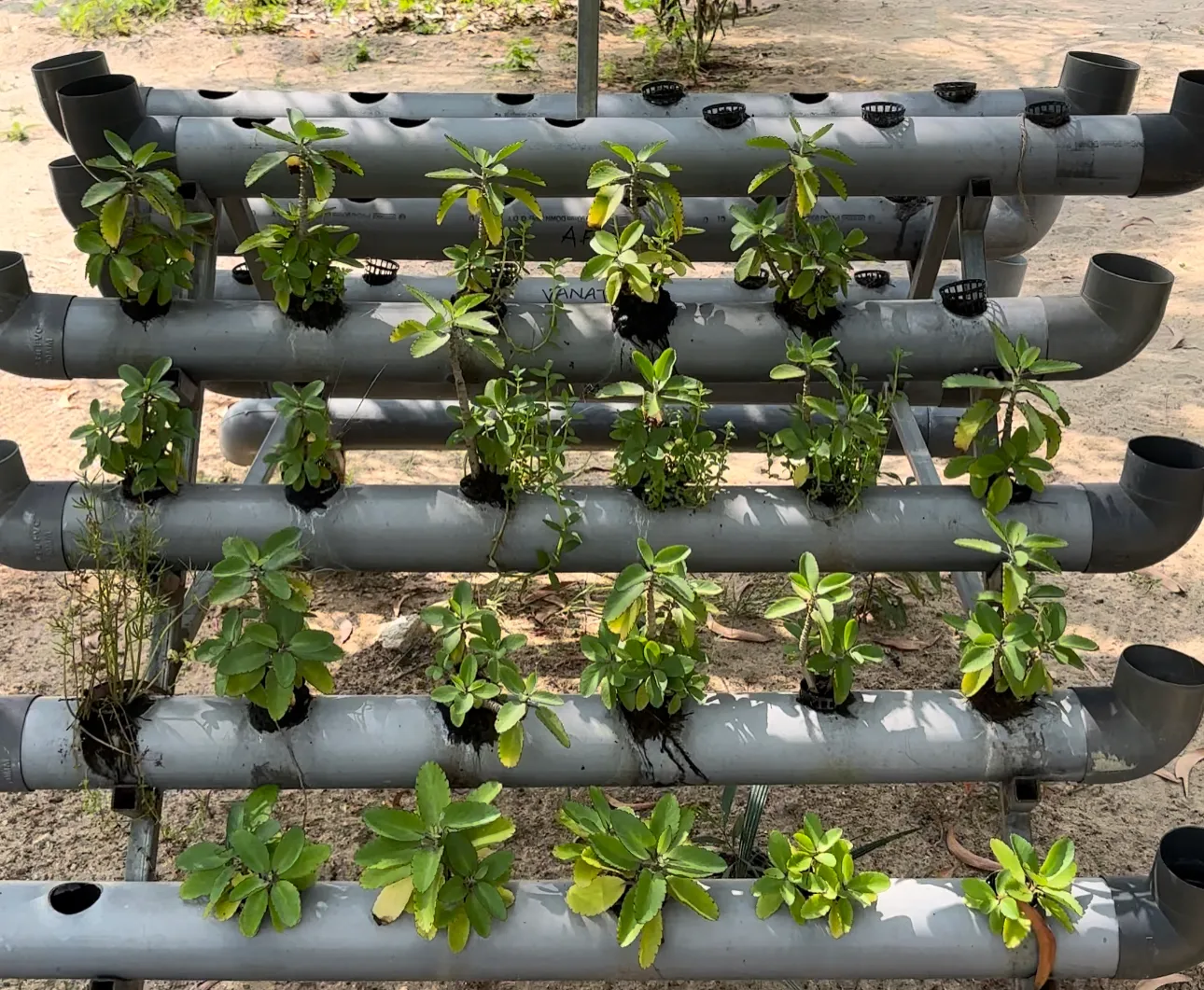True Pricing – Who really pays for your purchases
The amount we pay for purchases does not reflect the actual price of the production. This negatively impacts the climate and humanity. "True pricing" is the initiative to break this cycle. But what is it? And what does our stuff truly cost?
Chapters
What is a true price?
You probably know by now that there is too much child labour and an enormous amount of water involved in the making of a t-shirt. You might have heard about sustainable fashion brands, or about unsustainable brands calling themselves sustainable, a.k.a. greenwashing.
Many conscious consumers find the lack of transparency in the market frustrating. Understandably, so since no one really tells consumers what goes into the making of a product, let alone how much it damages the planet.
The True Price Foundation is enabling companies to take responsibility by ensuring the price customers pay covers the cost needed to repair the planet. As they put it; a true price is the market price plus the social and environmental costs of a product. For example the money that goes into paying fair wages.
These true prices are established by a rigorous examination process to carefully calculate the true cost. Right now, there aren't many products sold for their true price. But as different sectors are exposed and publicly shared, transparent and sustainable business becomes more and more accessible. If you're curious to know how the system that True Price set up works, or why and how you can be a part of this, read along!
Retail prices vs true prices
The price we pay for our products is determined by what we as consumers are willing to pay for it. If we buy a t-shirt for 5€, it is worth 5€. That means that 5€ minus the production and material cost is the amount of revenue generated. Easy enough, right?
This system however, completely dismisses the inevitable environmental impact the production, and sale of the t-shirt has. For example, the amount of water that is used to make a cotton t-shirt is 2720 liters. This way of using water only adds to the global water shortage, especially with our rates of fast fashion and overconsumption.
For current retail prices, these damages to the planet are shoved under the carpet. But it's not the only hit to the environment that is being passed over. Energy use, pesticides, pollution, deforestation, are among the concerns that current retail prices are not taking responsibility for. And while you might think that with the current recession higher prices would be the last thing anybody needs, if we don't start taking this responsibility for the planet now, it's only going to be more expensive in the long run...
True Price developed a system where, on top of the material and production costs, everything it costs to repair these damages is quantified and added to the product price. This is done by sector, like bananas from Colombia, or t-shirts made in Vietnam.
How are true prices calculated?
Nearly everything we buy hurts the planet. True pricing is the system where the cost to repair the damage that it causes is incorporated in the price of a product. But how is this cost calculated? True Price has developed the following system of quantifying the environmental impact into monetary cost. The cost is calculated by using a standardized 3-step process, applicable to all sectors and regions. It involves three steps, simplified below.
Building databases from the client's network and independent research. Relevant external effects can be determined.
Database provides input for quantitative measurements (the environmental impact in numbers), resulting in a chart of ecological and social footprint.
The impact is monetised using objective and standardized models.
From here, this extra cost is added to the product price to form the true retail price, the price you pay when you buy the product. On this page, you can see the results of this quantification system. Of course, similar products produced in different locations are subject to different factors. For some products, like milk and chocolate, there have been multiple investigations and calculations to determine the true price based on a specific production chain.
Since the true price is calculated with the objective of identifying every type of natural and social energy and resources being used, it would make sense that the lower these costs are, the less resources are needed to produce the product. Even as true prices are a more sustainable and responsible choice, the true price can immediately tell you how sustainably it's made.
Why is true pricing important?
Human rights
In the picture of universal human rights, true pricing is a big step forward. A lot of fast fashion is still being fabricated in sweatshops, where labourers are working in extremely heavy conditions for an unliveable wage. Fair trade is making efforts to ensure workers are getting paid their equal share, as well as looking to ensure working conditions. Among other negative social impacts, the biggest concern remains child labour. We cannot live in an equal society when some children go to school and others are at work in a sweat shop. Unliveable wages, sexual abuse, working conditions, are all causes that True Price aims to fix on a fundamental root level.
Water preservation
Water is being used for the production of every product we buy. If not for the end product, companies use millions of liters of water for cleaning. If not for cleaning, factories are still dumping waste into rivers, polluting otherwise usable water. This is a huge part of climate change, since entire countries are in dire need of water to directly sustain life and grow food.
Why you should participate
Offsetting carbon
If you buy a product for its true price, you're instantly compensating the carbon emissions associated with the production. This is a radical option for those of us who want to lower their carbon footprint that doesn't involve tree-planting scams.
The calculation of the environmental impact, includes factors like the cost of natural resources, liveable wages, natural pollution, and more, has been done for you. You don't have to wonder if the organic cotton t-shirt you bought was made in a sweatshop, or if the fair trade coffee you bought is inside non-biodegradable packaging. You now have the option to take full responsibility for it, without unnecessary middlemen.
Saving money
Counterintuitively, paying the true price for your items benefits the amount you spend in the long run. If we don't account for the true cost of the things we buy right now, climate change will raise the prices. Take crops for example, once the climate changes so much that entire harvests fail, the prices will go way up to account for that loss.
By paying the true price, you’re supporting a movement to delay the economic crash due to the climate crisis. And you're not the only one doing the right thing, loads of companies and brands are sustainably pricing their products and services in collaboration with the True Price institute, like the first True Price Cafe in the world in Breukelen for example.
On the True Price website you can find more collaborations between True Price and sustainable businesses. Perhaps you can find your next sustainable purchase over there?
Supporting eco-conscious enterprises
As innovators and climate activist alike are providing the world and the general public with ways to help fight against climate change, communities like True Price make it easier to support one another. Every company taking part in pricing their products according to their real price is sacrificing unsustainable profits for a system that is kind for the planet. If you have the means and the ability to, it is a great way to make a difference.
True Price Tea
We here at Dilmah value honesty and transparency. For that reason, we created an openly accessible database on the True Price analysis of Ceylon tea. External impact factors (externalities) such as land use and social security are being quantised and we share that information for the sake of a kinder tea industry. If you're interested, the page provides a very detailed and in-depth view of how much it actually costs to produce a product, both literally and figuratively.
True Price initiatives in the Netherlands
In July 2022, Gerben Splinter published a collection of summaries of different True Price case studies conducted in the Netherlands. These referenced the impact pathway approach, the three step calculation method we explained earlier.
The True Animal Protein Price Coalition (TAPPC) for example, is calling on the cause of true and honest prices for meat in the Netherlands. If for some people this feels overly radical and offensive, the TAPPC provides a very clear and transparent rundown of how this works exactly.
All the revenue generated from higher prices on meat will stay in the Dutch economy, improving the humane treatment of animals, supporting the farmers, and making fruits and vegetables more affordable. Making produce more accessible to the population will improve our personal health, as well as lower our communal carbon footprint, since we are consuming too much meat and too little vegetables already. A third to a half of the newly generated revenue would go to the farmers, providing them with financial support to become more sustainable and more animal-friendly.
The Impact Institute and Dutch bank ABN AMRO conducted a study for the true price of jeans in 2019. And the next year, the first true price for bread was calculated in a collaboration between Dutch bakery Bakkerij Van Vessem and True Price.
We've got a big fight on behalf of our world ahead of us, and true pricing might be one of our most valuable and realistic for that cause.
Explore the world of kindness
Have you ever wondered about the lifecycle of a tea plantation, particularly how new tea plants are cultivated and old ones are managed? I went to Dunkeld Tea Estate, where the art and science of tea begins in the nursery.
Discover how the MJF Centre for Dignified Empowerment and Sustainable Development helps Eastern Sri Lanka's recovery from natural disasters and addresses climate change through sustainable practices and community-focused initiatives.
You might have heard it already, but what is exactly World Earth Day? Let us talk you through what it stands for, what it means for us at Dilmah, and how it is not just a day but a part of our values.




